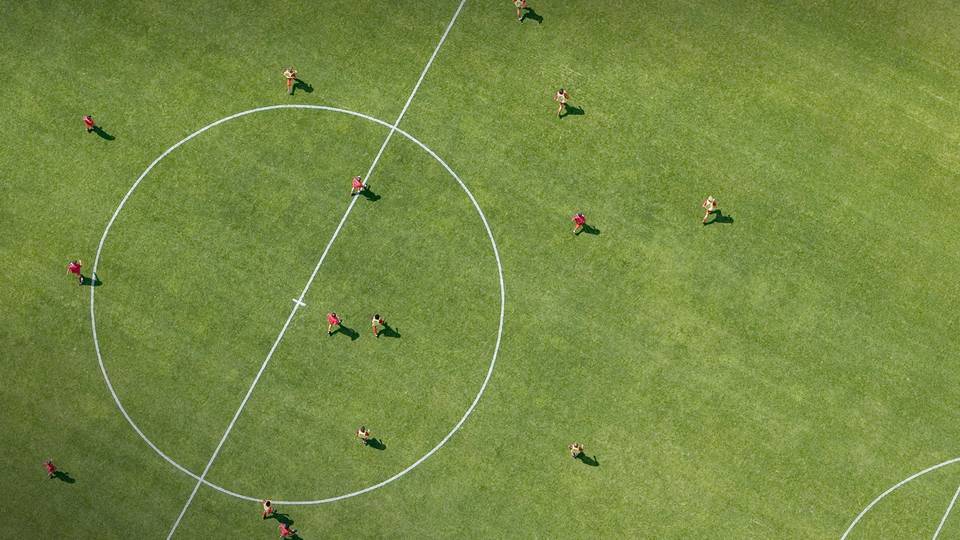Youth football in the U15-U16 age bracket represents a crucial developmental stage for young players. At this level, structured organisation becomes increasingly important as players refine their technical skills and tactical understanding of the game. Well-organised U15 football programmes provide age-appropriate training, competitive matches, and development pathways that balance skill improvement with enjoyment of the beautiful game.
Football organisations catering to U15 players across the UK offer various competitive formats, including leagues, cups, and development fixtures. Unlike the younger age groups (U7-U10) who typically play in non-league formats and limited trophy events, U15 teams participate in more structured competition that helps prepare players for potential progression into academy systems or adult grassroots football.
For coaches and club administrators, managing U15 teams effectively requires proper planning, clear communication with parents, and appropriate training methodologies. The transition from junior to youth football marks a significant shift in how players approach the sport, with many young athletes beginning to specialise in specific positions and develop deeper tactical awareness. This stage often separates those who might continue playing soccer recreationally from those pursuing more competitive pathways.
Understanding U15 Football
U15 football represents a crucial stage in youth player development, blending tactical awareness with technical skills. This age group typically plays 11v11 matches, mirroring the full adult game while focusing on positional understanding and decision-making.
Age Group and Fundamentals
U15 football encompasses players under 15 years of age, typically aged 13-14 during the season. Teams play in an 11v11 format with matches conducted on full-sized pitches. This age group marks a significant transition where tactical understanding becomes increasingly important.
Training sessions focus on first touch, body position and spatial awareness. Half-pitch exercises often start with wide players (#7 and #11 positions) to develop pattern play from both sides. Sessions typically run about 15 minutes per pattern.
Players at this level should develop stronger positional discipline while maintaining technical fundamentals. Coaches should balance tactical instruction with allowing creative expression. Most leagues permit a maximum squad size, with some competitions allowing up to nine players plus a goalkeeper on the pitch.
Match Regulations and Scoring System
The organisation of U15 football competitions follows specific regulations that ensure fair competition and proper development of young players. Match regulations cover everything from team requirements to substitution rules, while the scoring system provides a structured way to determine stats.
Game Rules and Fair Play
U15 matches require a minimum of eight players per team to start. Teams that cannot pitch the minimum number of players may forfeit the match. Substitutions are generally unlimited and can occur at any stoppage in play, though players must notify the referee before entering the pitch.
The match begins with a coin toss between team captains to determine kick-off. All players must remain in their own half during kick-off, with opponents positioned outside the centre circle until the ball is in play.
Equipment regulations follow standard football guidelines, with proper shin guards and appropriate footwear required. Referees inspect equipment before matches to ensure player safety.
Fair play is emphasised at the U15 level, with particular attention to appropriate conduct from players, coaches and spectators.












